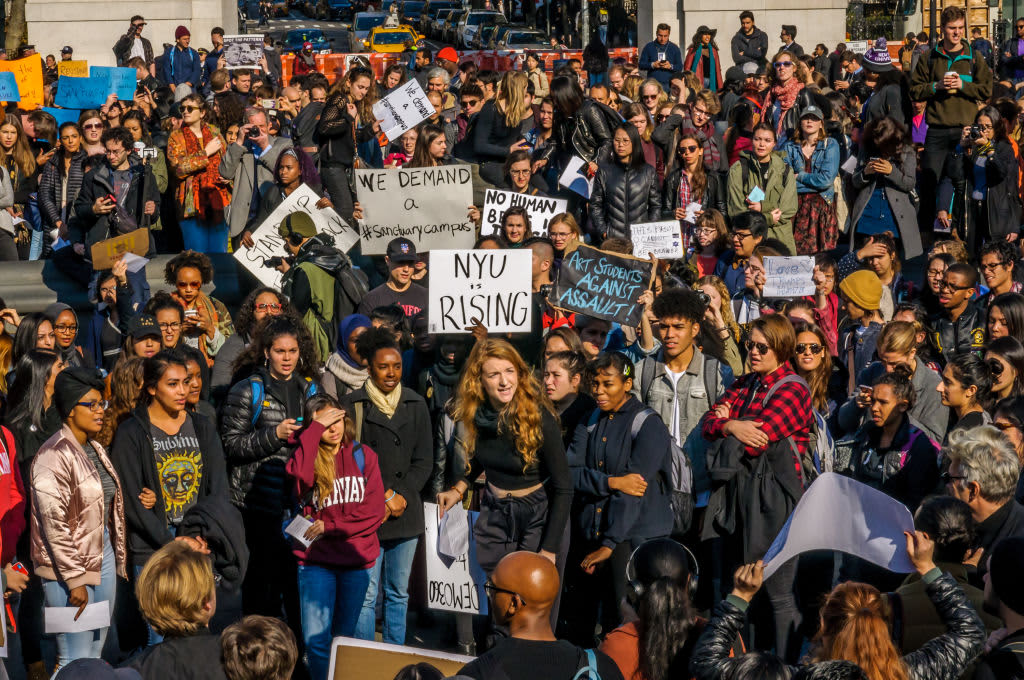Student activism has long been a powerful force on college campuses, driving social and political change through protests, demonstrations, and advocacy. From the Civil Rights Movement of the 1960s to the recent Black Lives Matter protests, students have played a key role in pushing for social justice and equality.
The history of student activism in college dates back to the early 20th century, when students across the United States began organizing to advocate for various causes. One of the first major waves of student activism came during the Civil Rights Movement, when students played a key role in organizing sit-ins, marches, and protests to demand an end to segregation and discrimination. In 1960, the founding of the Student Nonviolent Coordinating Committee (SNCC) brought a new level of organization and coordination to student activism, leading to some of the most impactful protests of the era.
The Vietnam War also sparked a wave of student activism in the 1960s and 1970s, with college campuses becoming hotbeds of anti-war protests. Students organized rallies, marches, and demonstrations to protest the war and call for an end to the conflict. The Kent State shootings in 1970, in which National Guard troops killed four students during a protest, further underscored the risks and sacrifices that student activists were willing to make.
In more recent years, student activism has continued to be a driving force for change on college campuses. The Occupy Wall Street movement, which began in 2011, saw students across the country protesting income inequality, corporate greed, and the influence of money in politics. The movement sparked a renewed interest in social activism among college students and led to the formation of new grassroots organizations dedicated to social change.
In recent years, the Black Lives Matter movement has also had a significant impact on college campuses, with students organizing protests, marches, and demonstrations to demand an end to police brutality and racial injustice. Students have also pushed for changes within their own universities, calling for diversity and inclusion initiatives, the removal of controversial statues and monuments, and greater support for marginalized communities on campus.
While some may dismiss student activism as simply a phase of youth rebellion, the history of campus protests shows that students have been at the forefront of some of the most important social movements of our time. By organizing, mobilizing, and advocating for change, college students have proven that they can be a powerful force for social justice and equality. As long as there are social injustices to fight against, students will continue to be at the forefront of the fight for a better and more just world.
